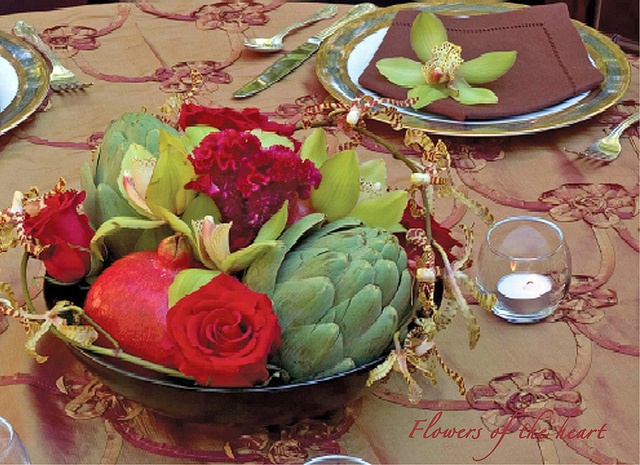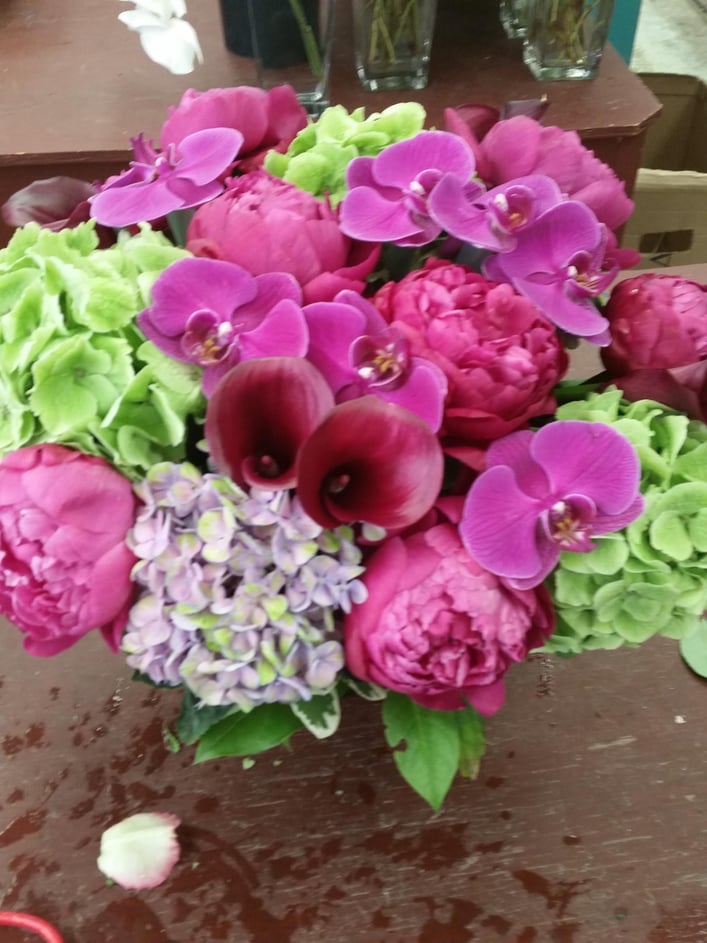Passion Flower
Choose who will the wiser part,
I have held her heart to heart;
And have felt her heart-strings stirred,
And her soul's still singing heard
For one golden-haloed hour
Of Love's life the passion-flower.
So the world may roll or rest,
I have tasted of its best;
And shall laugh while I have breath
At thy dart and thee, O Death!
By Victor Daley

Photo credit Christie Brinkley via Instagram
I used to collect Passion Flower samples and hang them from the hooks all around my apartment because I was drawn to their bright purple and chartreuse colored blossoms and their delicate branches that wove tendrils throughout the plant. The characteristics of its weird and wild head make all the more allure and quite a conversational piece as well. Also referred to as “Passiflora Caerulea”, this flowering plant actually originates in North America, which is rare for warmer climate loving tropicals. The deep hues and architectural attributes also make this beauty a highly desirable decorative feature for home décor designers as well as florists who specialize in cultivating orchids. The affordability factor compared to other similar species is also an attractive element as is their year round accessibility for ordering from high end wholesalers.
The symbolic relevance of the Passion Flower is almost entirely circumvented around religion, specifically Catholics and Christians. Travelers settling in the United States from Spain first saw the plant as a sign of the Crucifixion. Due to the flower's symmetric numerical values and interesting fringed petals and tendrils, onlookers believed that the design of the flower symbolized the ten apostles, crown of thorns and cross to which Jesus was nailed to. It isn’t really clear whether a sighting of the Passion Flower was a good or a bad omen but the gravity of coming upon one during their travels usually led to a direct visit to church for prayer. The passion flower also bears large orange and yellow fruits, which contains seeds colored blood red- yet another indication of the weighty religious significance.
Other areas of the world such as India believe that the Passion Flower is a symbol of the Five Pandava Brothers, a family who were all married to the same woman named Draupadi. Again, connected by the flower’s unusual appearance, the several sepals that surround the head are said to represent an army of a thousand men while the exquisite blue hue in the center is reflective of the Divine Krishna’s aura.










